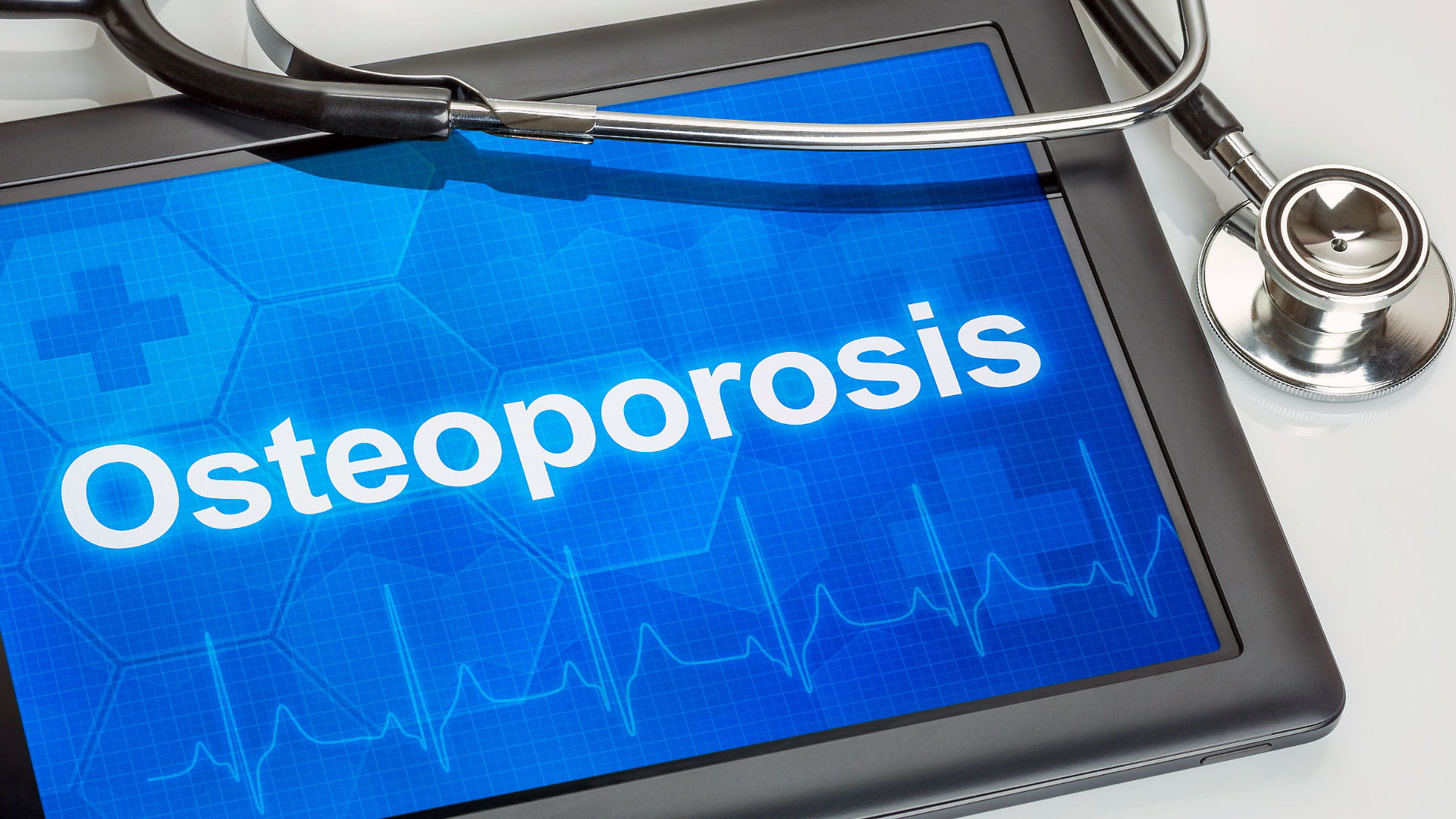Navigating Medicines for Osteoporosis
In the ongoing battle against osteoporosis, the use of medication plays a pivotal role. There are numerous pharmaceutical options available, each targeting different aspects of bone health to halt the progression of osteoporosis and reduce the risk of fractures.
For individuals with osteoporosis, bisphosphonates are often the first line of defence. These medications slow the rate of bone loss by reducing the activity of the cells that break down bone, called osteoclasts. Alendronate (Fosamax), risedronate (Actonel), ibandronate (Boniva), and zoledronic acid (Reclast) are all examples of bisphosphonates.
Another class of medicines, known as RANK ligand inhibitors such as Denosumab (Prolia), functions by impeding the development of osteoclasts. These drugs can increase bone density and reduce the chance of fractures in the spine, hips, and other areas.
For postmenopausal women, hormone therapy, particularly the use of oestrogen, may be recommended to maintain bone density. However, this treatment must be carefully managed due to associated risks such as blood clots and some types of cancer.
Parathyroid hormone-related protein analogs like Abaloparatide (Tymlos) and Parathyroid hormone like Teriparatide (Forteo) are another option. These medications stimulate new bone growth and are generally reserved for individuals with a high risk of fracture.
The choice of medication depends on a variety of factors including the severity of osteoporosis, the patient’s age, gender, overall health, and the risk of side effects. It is imperative that each individual’s treatment plan is personalised to best meet their needs, an approach at the core of ISMC’s commitment to treating osteoporosis and metabolic bone disorders.
While medications play a crucial role in managing osteoporosis, it’s important to remember that they are most effective when combined with lifestyle changes such as a balanced diet, adequate exercise, and cessation of smoking or excessive alcohol consumption.




